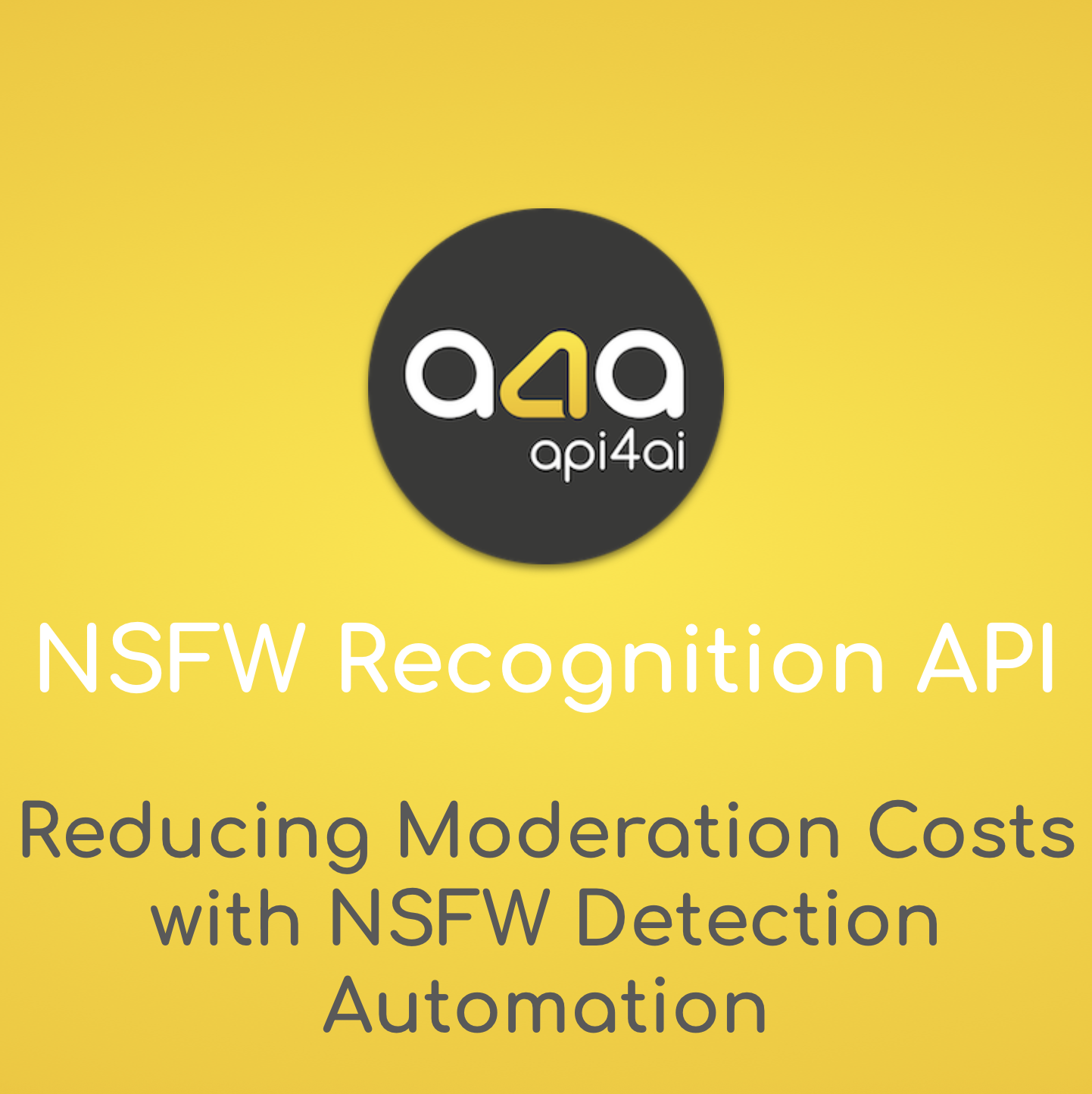
Reducing Moderation Costs with NSFW Detection Automation
As user-generated content continues to flood digital platforms, the challenge of moderating inappropriate material — especially NSFW (Not Safe For Work) content — has become more complex and costly. Relying solely on human moderators is no longer sustainable due to high operational expenses, slow response times and the emotional toll it takes on staff. In this blog post, we take a deep dive into how automated NSFW detection is revolutionizing content moderation. You’ll learn about the technologies powering AI-driven moderation, the key benefits of automation — including cost reduction, improved accuracy, and scalability — and real-world applications across industries like social media, e-commerce, video streaming and online education. Whether you're a startup or an established platform, discover why now is the time to rethink your moderation strategy and explore smart, scalable solutions that protect your users and your brand.

AI NSFW API: Top 5 Powerful Business Applications
In today’s digital landscape, businesses face an increasing challenge in moderating user-generated content while maintaining brand safety, user trust and compliance with evolving regulations. AI-powered NSFW detection has emerged as a game-changing solution, enabling platforms to automate content moderation, enhance efficiency and create a safer online experience.
This blog post explores the top five business applications of AI-driven NSFW detection, from e-commerce and social media platforms to digital advertising, video streaming and corporate compliance. It also delves into best practices, integration challenges and the future of AI-powered content moderation, offering valuable insights for companies looking to optimize their moderation workflows and future-proof their digital ecosystems.
Whether you're seeking off-the-shelf AI moderation tools or custom-built solutions, understanding how AI can improve accuracy, reduce operational costs and protect brand integrity is essential. Dive into this guide to discover how businesses are leveraging AI-powered NSFW detection to stay ahead in the evolving content moderation landscape.

How AI-Powered APIs Aid in Detecting Harmful Content on Social Media
AI-powered APIs are transforming content moderation on social media by providing fast, accurate and scalable tools to detect harmful content. With the ability to scan images, videos and text for explicit or violent material, these technologies help platforms create safer environments for users. As new forms of harmful content emerge, AI-driven solutions continue to evolve, allowing platforms to stay proactive in addressing these challenges. Companies like API4AI are leading this transformation, offering adaptable solutions that ensure content standards are met while building user trust and safety.

API Security Best Practices for Developers
In today's digital world, APIs (Application Programming Interfaces) are crucial for seamless software communication. However, this reliance on APIs brings significant security challenges, making them targets for malicious actors.
This blog post explores essential API security best practices, covering common vulnerabilities like injection attacks and broken authentication, and strategies such as implementing strong authentication mechanisms (OAuth, JWT), input validation, encryption, rate limiting, secure API design, monitoring, and regular security testing.
API4AI, with extensive experience in API development, shares insights and invites developers to test our secure image processing APIs. Join us in adopting a security-first mindset and continuously improving API security to build a safer digital world.

Thinking About Content Moderation: The Problem of Interpretation
In the digital landscape, the interpretation of NSFW (Not Safe For Work) content presents a unique challenge due to its subjective nature. For example, an image of a woman in a bikini may be acceptable in some contexts but not in others. To address this, we've introduced a 'strictness' query parameter in our NSFW API. This feature allows businesses to adjust the level of content moderation to suit their specific needs. By default, the algorithm is set to maximum strictness, but it can be tailored to be less strict, providing a flexible solution to the diverse challenges of digital content moderation.
